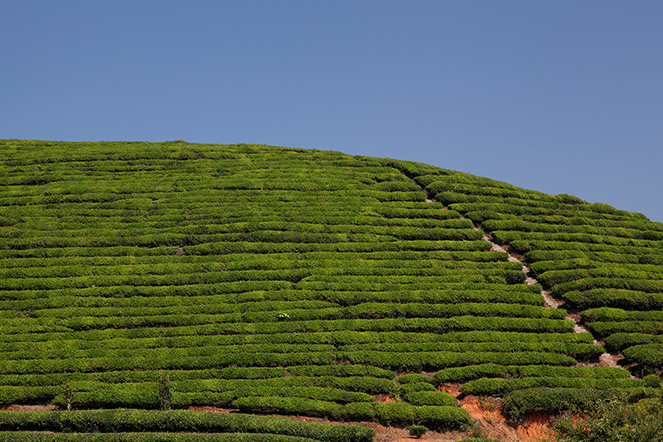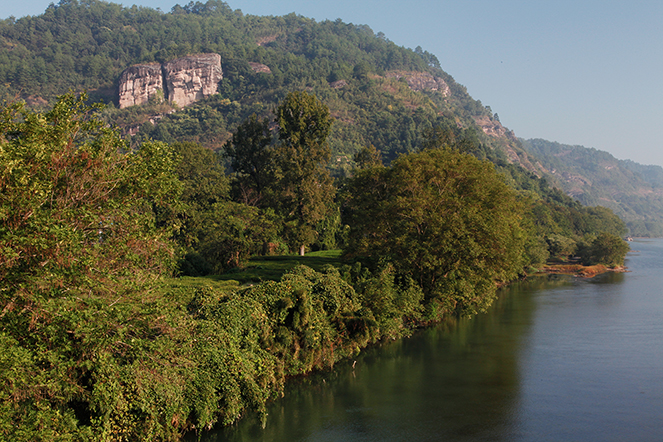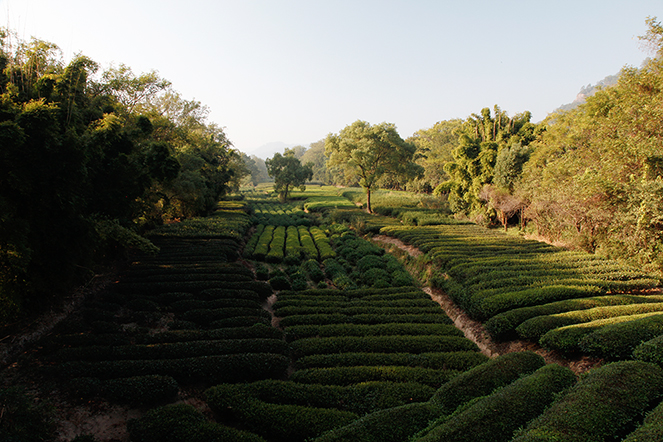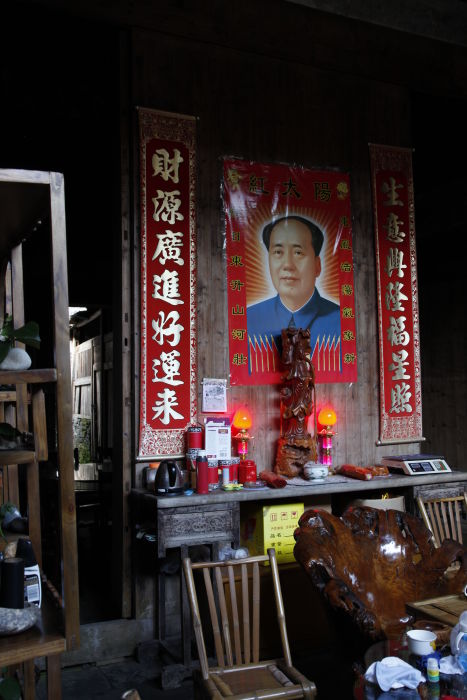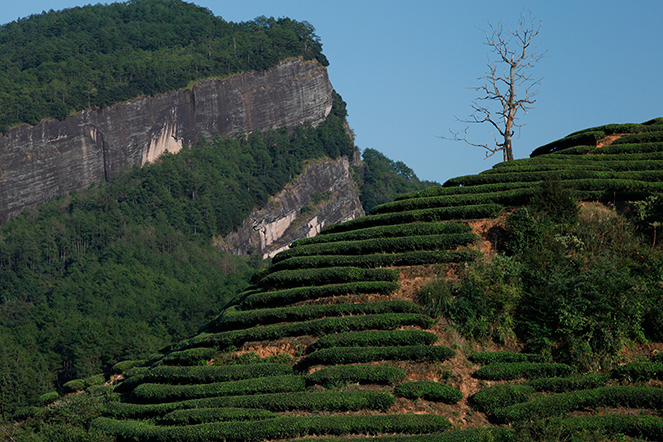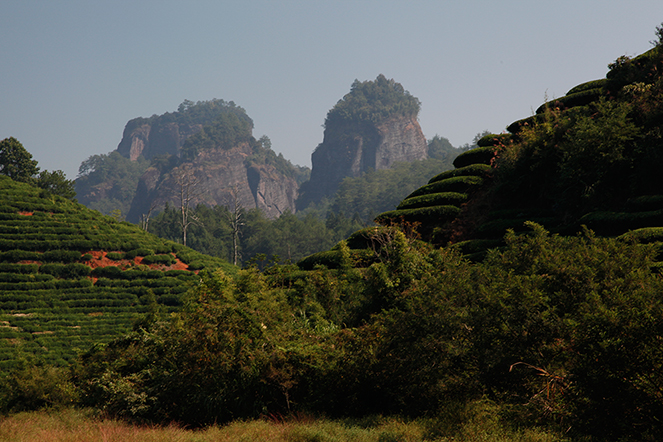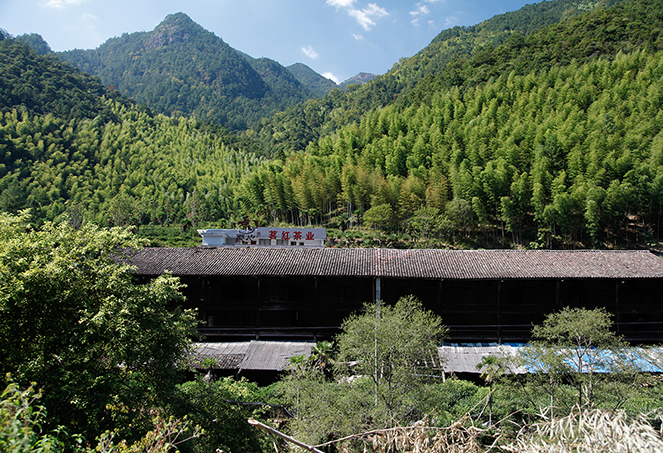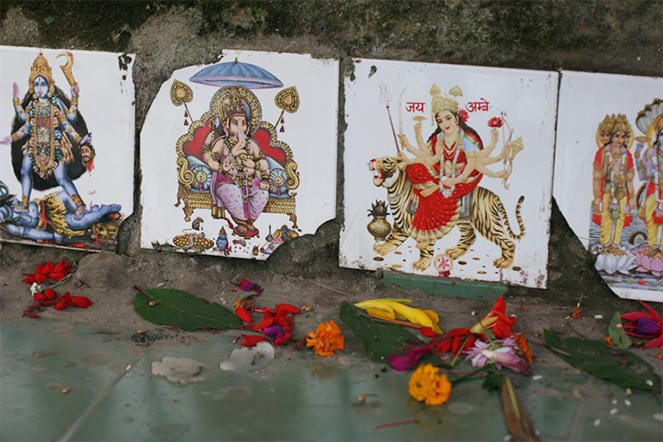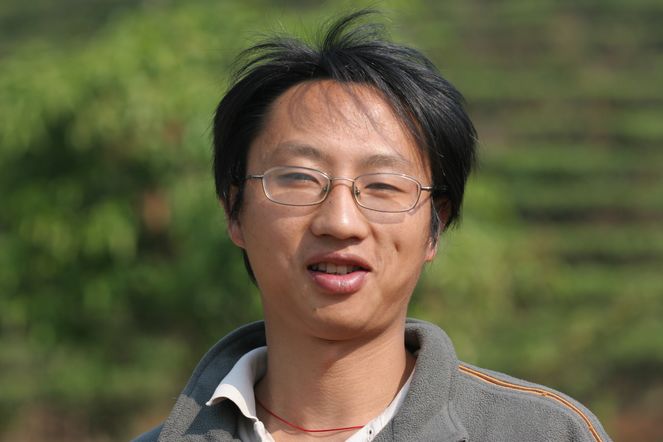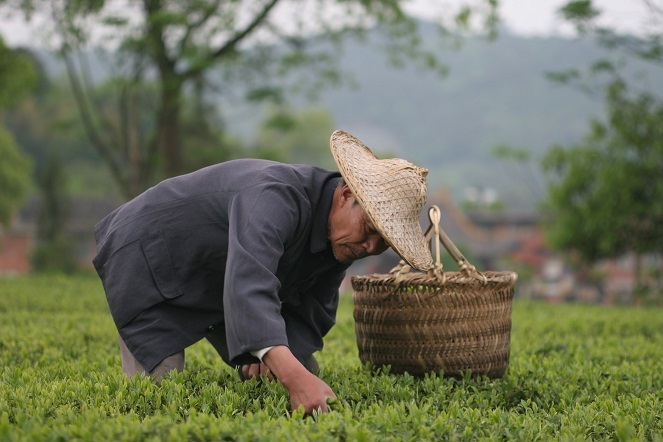At school we all learnt to recognise colours, and because of this we can all agree that the dominant colours in this photo are green and blue.
For reasons that escape me, we don’t learn the same lessons about smell. This means that many people don’t know about the different olfactory families or how to name the smells they come across. This lack of knowledge stops us from using our sense of smell correctly and hinders the memorisation of olfactory notes. Question: why, in our country that is so proud of its gastronomic superiority, and is recognised around the world for its creativity in the field of fragrance, are we not taught about smells at school, at the same time as colours?

